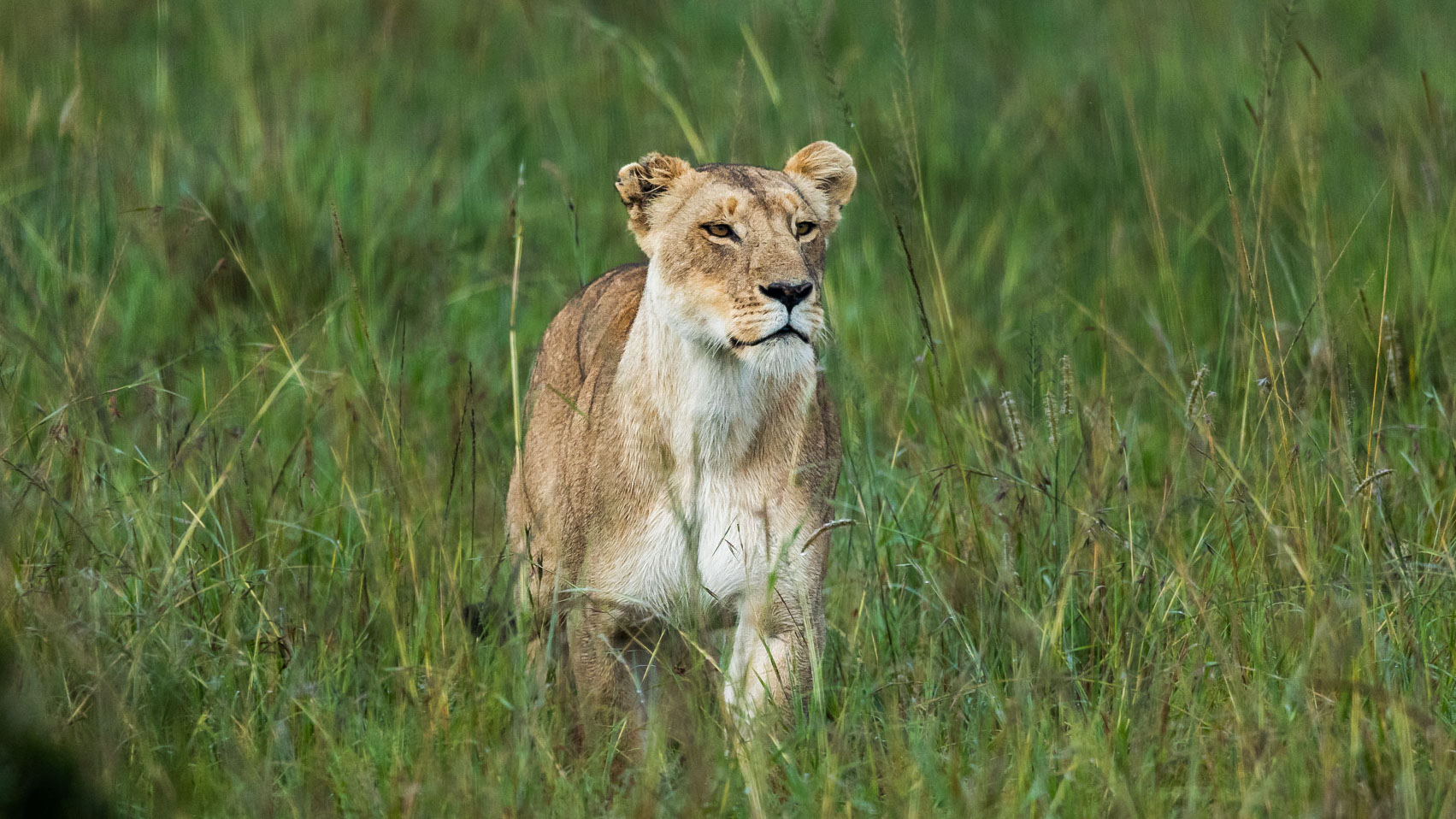
Unexpectedly, we are experiencing some rain which we don’t usually get in the month of January. It's just small rains, which happen mainly at night, but they are having a beautiful effect on the mornings, making them extremely foggy and cold, offering an opportunity to capture some fantastic photos.
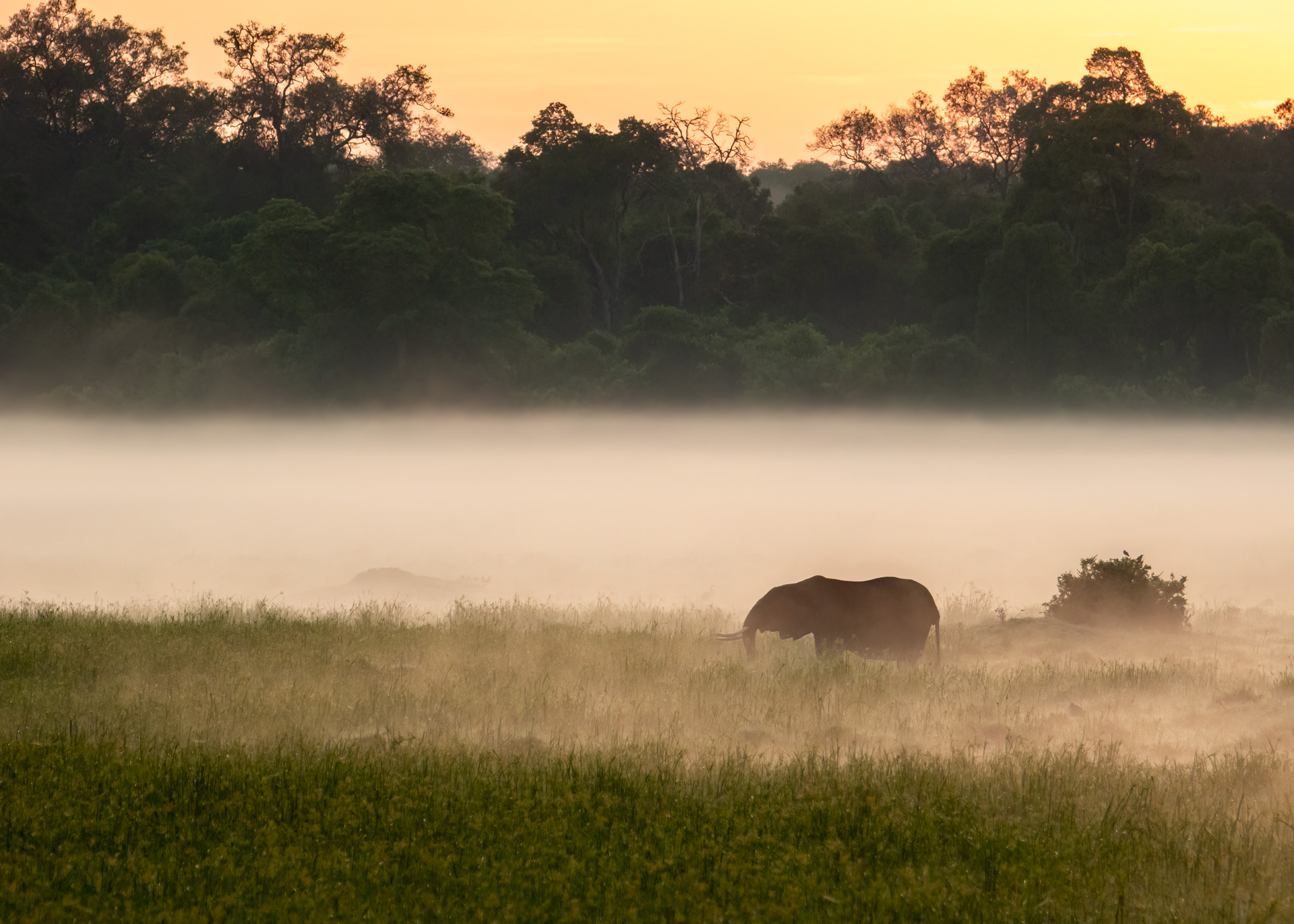
Amid the mist, we came upon the Swamp Lioness with her eyes locked on some impalas with their heads down. Even when distracted, they are fast and nimble prey making it a difficult kill for the bulky lions.
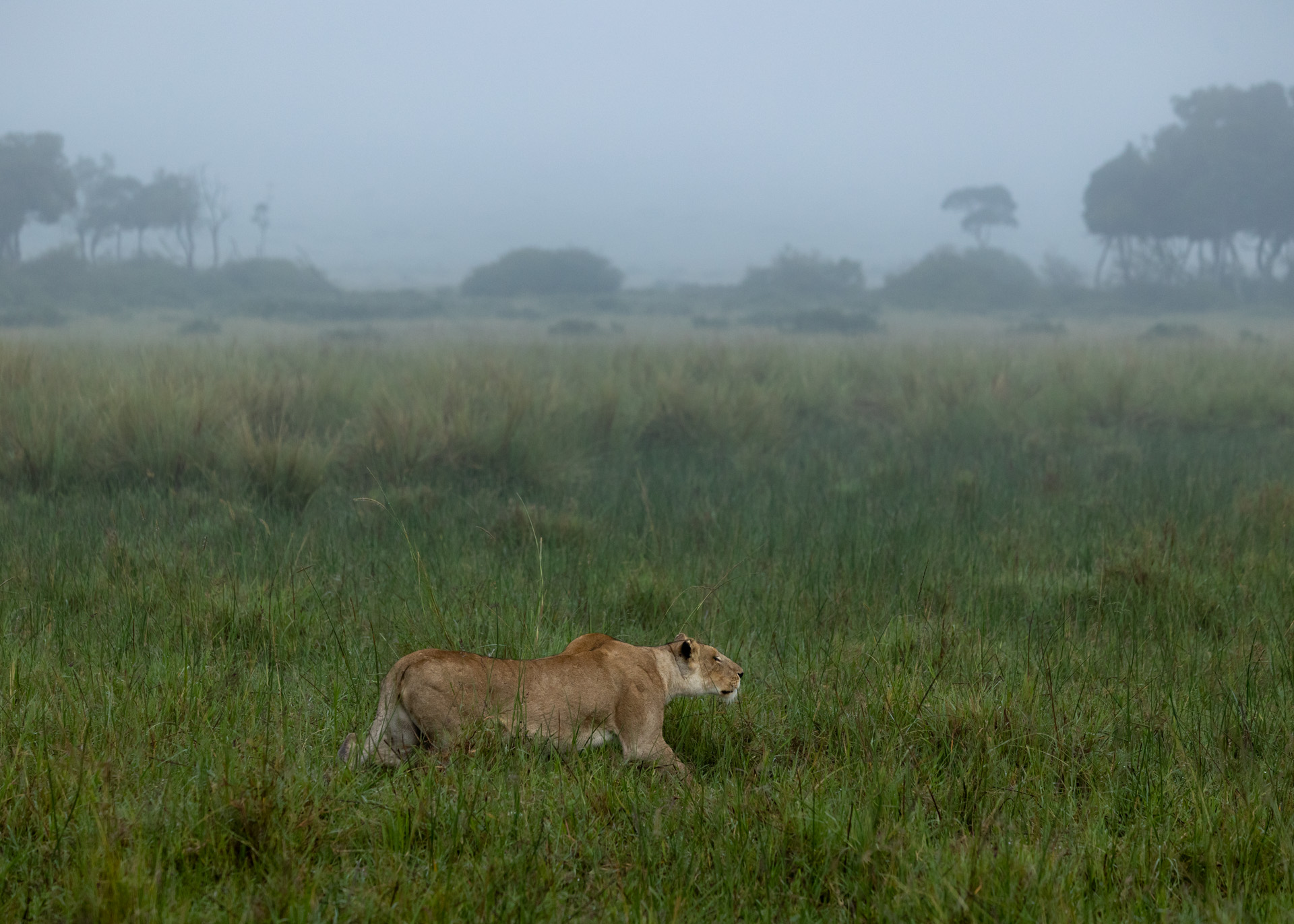
Though the Migration is far away at this time of the year, there are always some stragglers left behind and we typically see a few small groups towards the Serengeti border. Wildebeest calving season generally starts in January with some thousands of baby wildebeest being born every day within a few weeks, mostly in the southern Serengeti. The few calves we are seeing here are a small indication of the massive calving currently taking place.


Salt licks are deposits of mineral salts used by animals to supplement their nutrition, ensuring enough minerals in their diets. Most animals, primarily herbivores, use salt licks to get essential nutrients like calcium, magnesium, sodium and zinc. In the Triangle there is a lick created by a salt water spring and there are always herbivores, especially elephants, feeding and drinking in the area.
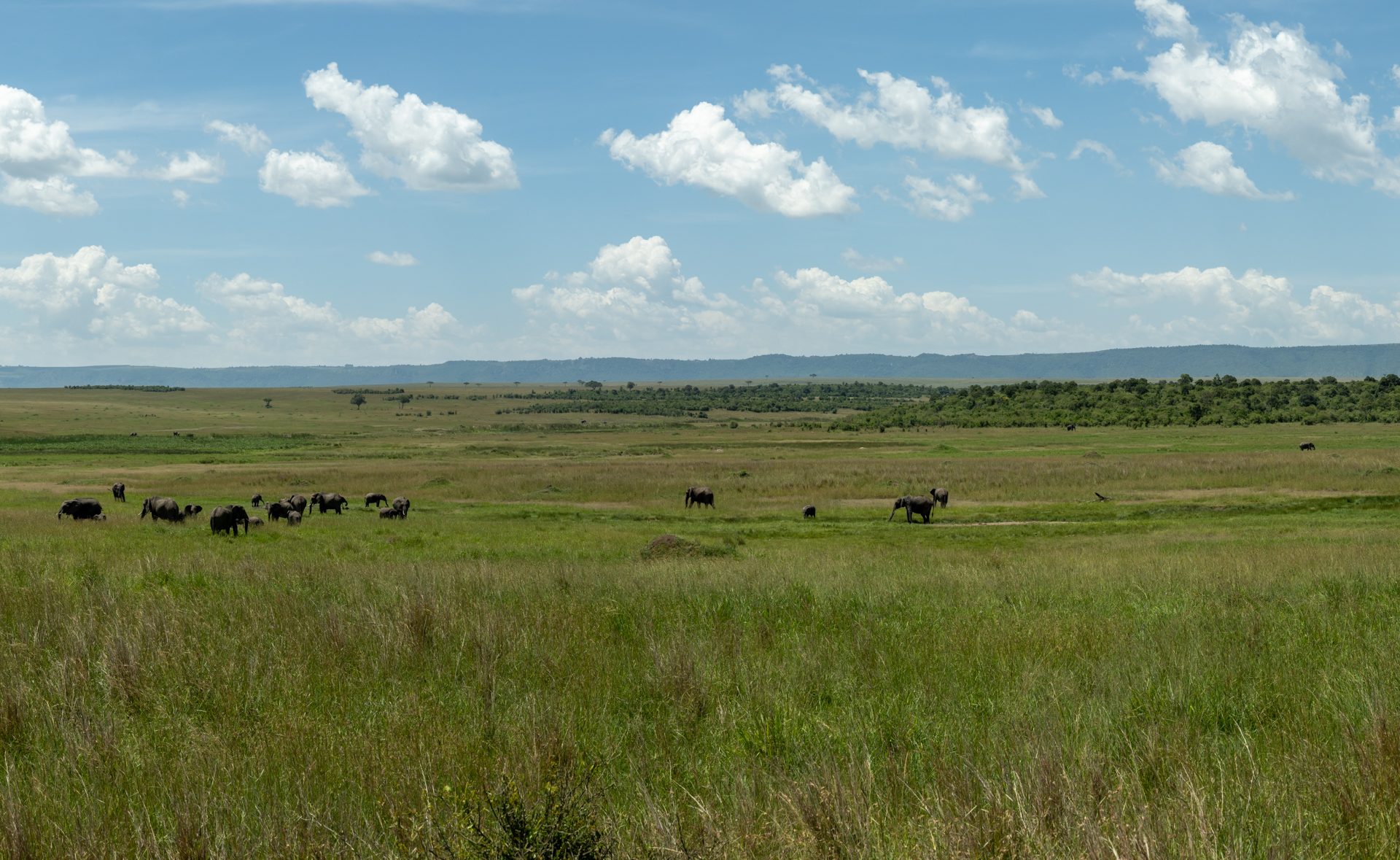
Despite being the largest land mammals, elephants are startled very easily, especially by small creatures that move fast in the grass, like mice. These three young males are at the age when they will be forced out of their families and eventually join a group of bachelors as they mature. They were busy drinking when a Bohor reedbuck suddenly jumped from its position scaring the life out of these jumbos.
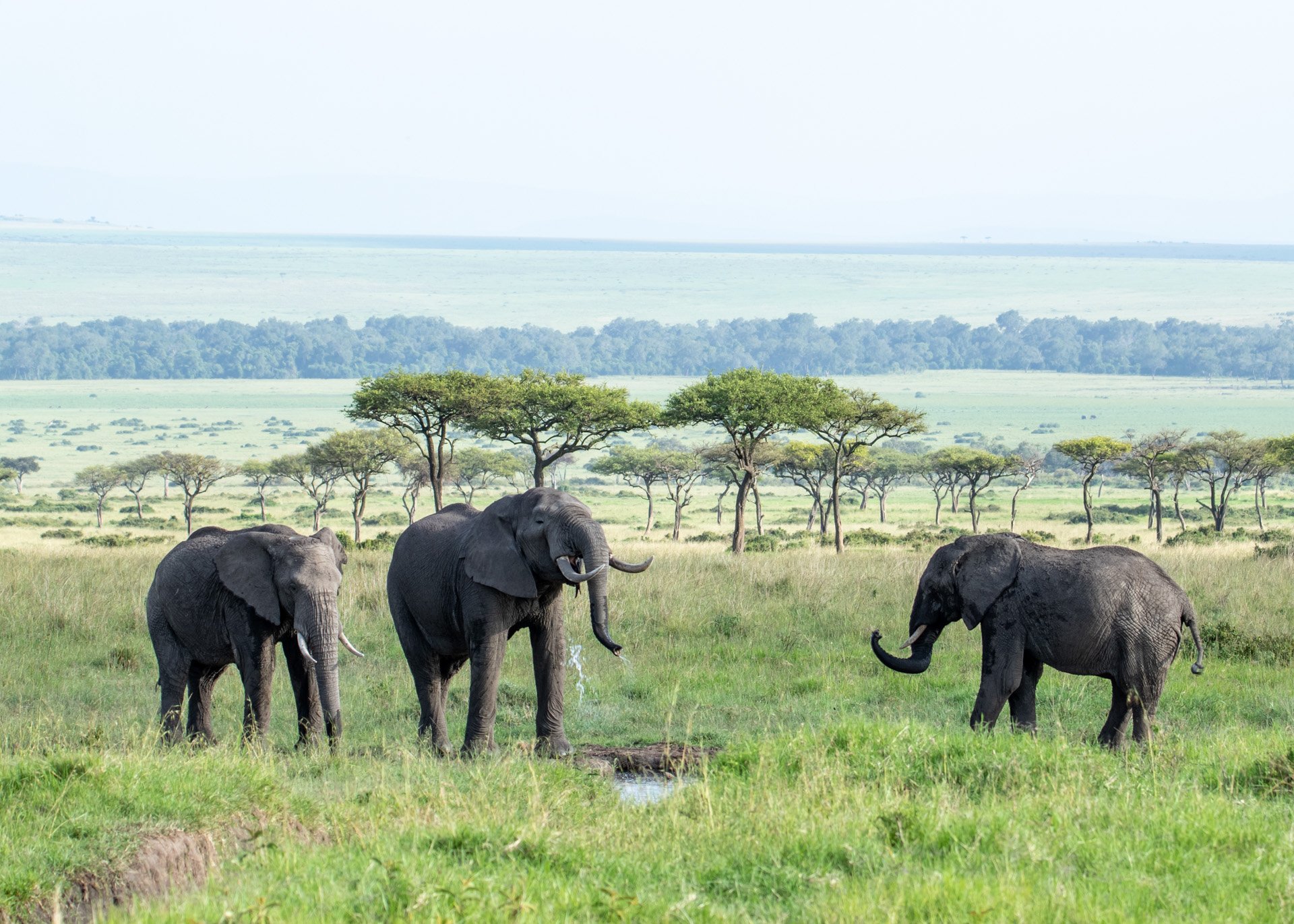
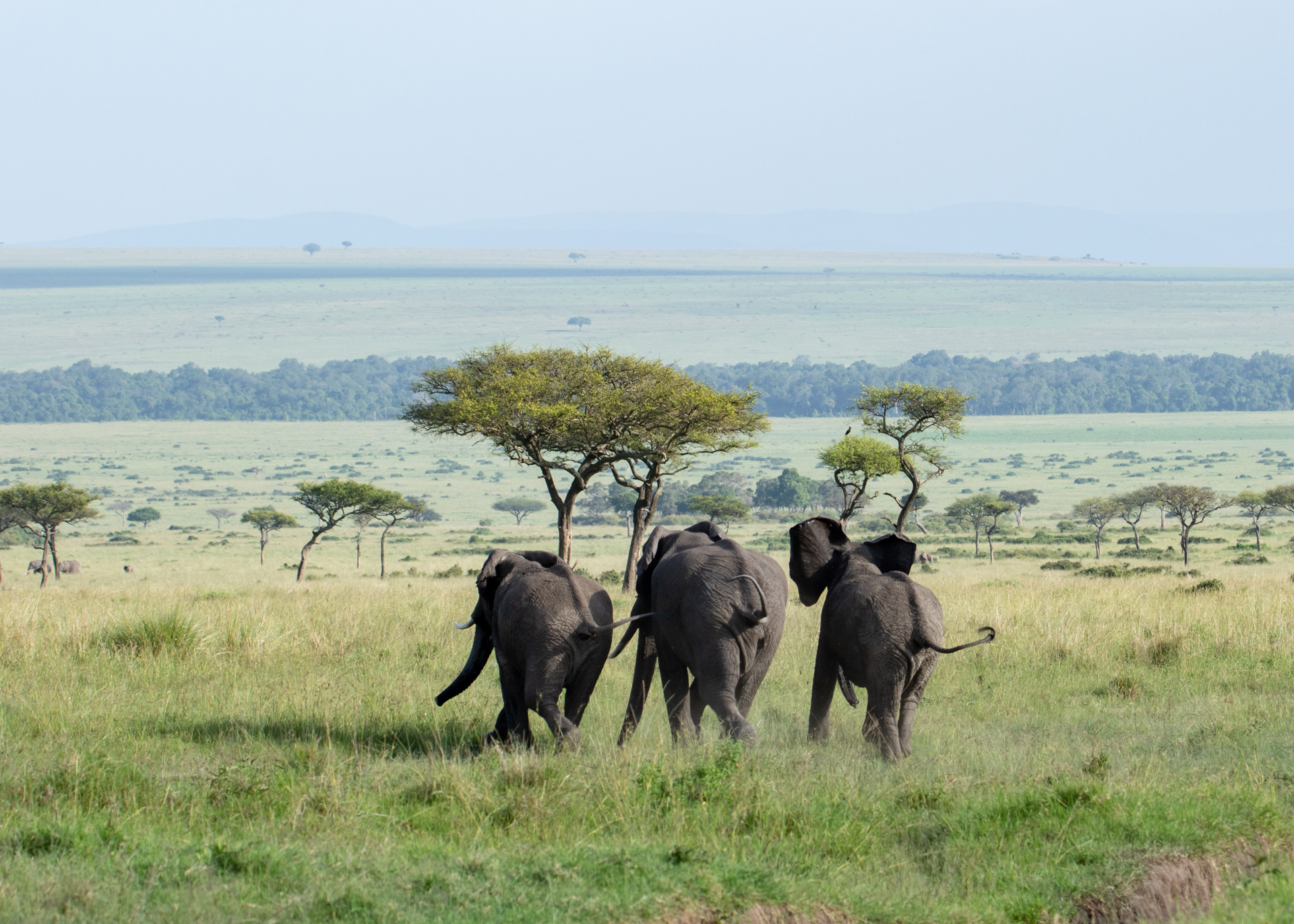
With a female giraffe's oestrous cycle lasting about two weeks, a male giraffe will check her urine by smelling for indications and willingness to mate. It looked promising in this case as he followed her for hours — when she was finally ready, she stood still allowing him to mount. Maybe we will see a newborn in about 15 months.


The Nyati boys are still living up to their reputation as they take down buffalos one after another. On an early morning drive, we saw them relaxing after spending the night sharing a hefty meal; it was the five brothers and a lioness that was mating with one of the boys. Originally six, we strongly believe that the brothers must have lost one of their own. Occasionally the gang split up and we can find two, three or four together but eventually, we would see them in their entirety. It has been a while since we reported all six together and highly suspect the sixth boy sustained life-threatening injuries in the altercation with the Inselberg males, when Slit Lip was killed.

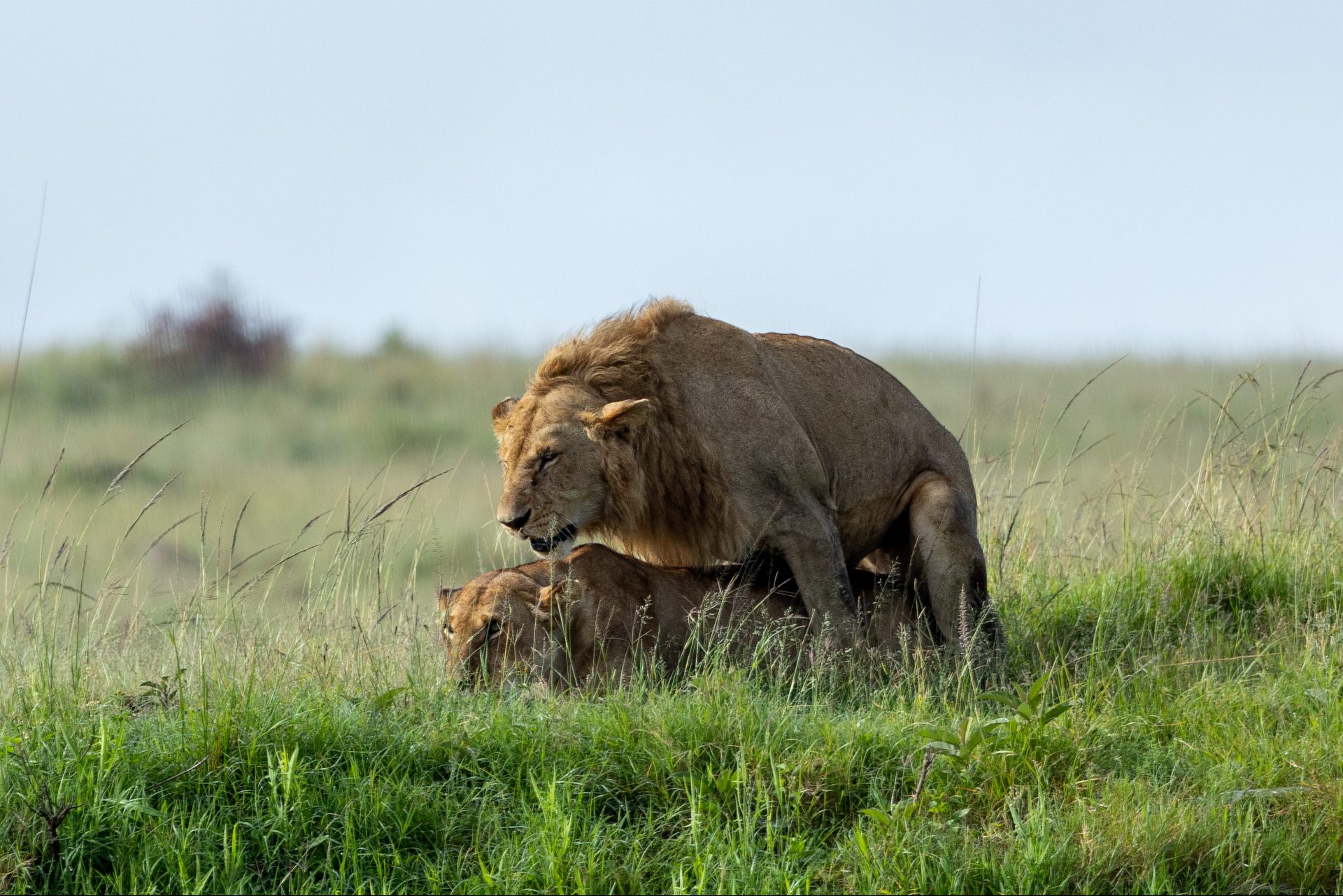

A pregnant leopard is an extraordinary sight and one of hope for the continuation of this beautiful species. We are not sure yet as to the identity of this very shy female that was seen by Titus, a member of our guiding team, in the ‘Maji machafu’ area, currently Shujaa’s territory. Maybe she is carrying his offspring?

Bringing down a fully grown adult buffalo is no easy feat — even for a pride of lions. With strong game like that, a big male lion would typically help the pride of lionesses bring down their prize. So we were a bit surprised when we encountered this lone male lion having killed a buffalo with no other lion in sight. But on closer inspection, we realised the buffalo looked skinny, with its bones showing, so it might have been sick and easy prey. This looks to be Mrefu, a member of the Serena Pride who lives on the other side of the Mara River. Perhaps a sign of shifting lion dynamics to come.
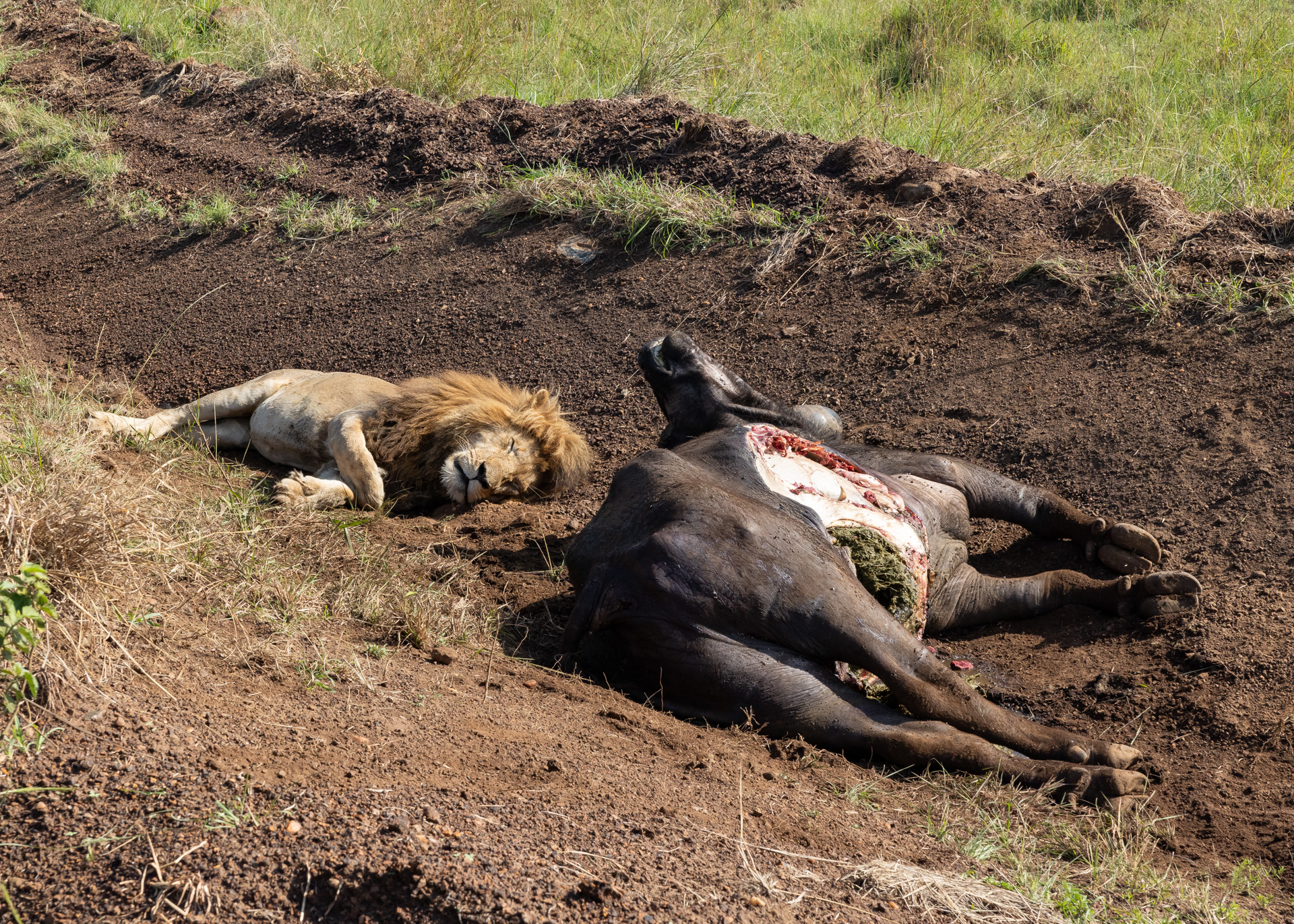
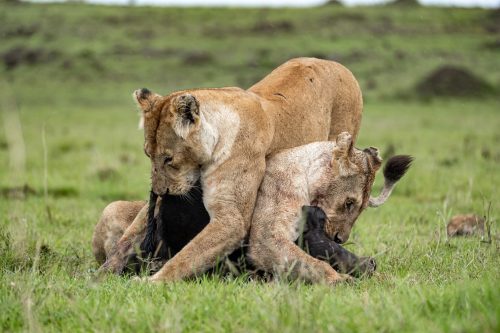
When the Border Pride took down a buffalo calf this time last year, these two tagged-teamed their small prey.
Filed under: This Week at Angama
Subscribe for Weekly Stories
Comments (0):

The Angama Foundation